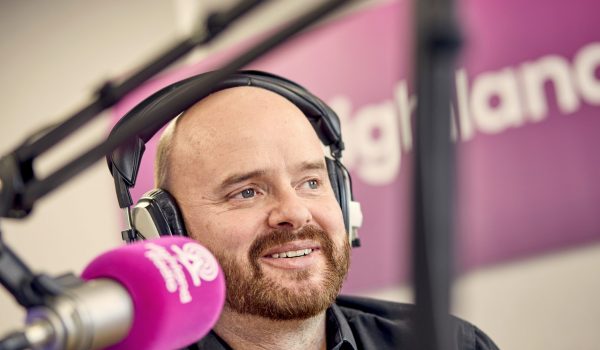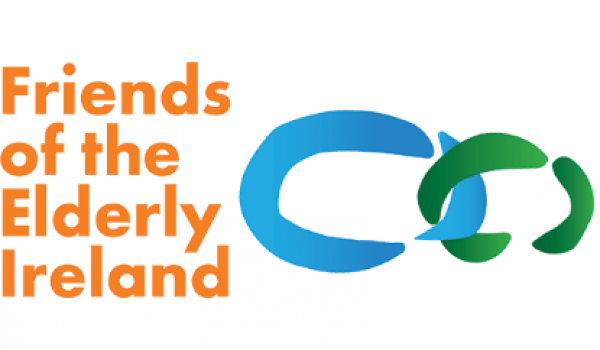
520 new cases of Covid 19 have been confirmed in the Republic this evening, with one new death reported.
There were nine new cases in Donegal, which now has a 14 day incidence rate of 201 cases per 100,000 people, higher than the national figure of 157. The Donegal figure is down from 67 yesterday.
There have now been 231,119 Covid 19 cases confirmed since the pandemic began, with 4,588 Covid related deaths.
Meanwhile, 8 new cases of Covid 19 have been reported north of the border today, the lowest figure so far this year.
There’s been one additional covid related death in Northern Ireland.
Statement from the National Public Health Emergency Team
The Health Protection Surveillance Centre has today been notified of 1 additional death related to COVID-19.
There has been a total of 4,588 COVID-19 related deaths in Ireland.
As of midnight, Sunday 21st March, the HPSC has been notified of 520 confirmed cases of COVID-19. There is now a total of 231,119 confirmed cases of COVID-19 in Ireland.
Of the cases notified today:
- 258 are men / 262 are women
- 79% are under 45 years of age
- The median age is 28 years old
- 242 in Dublin, 36 in Meath, 30 in Offaly, 29 in Kildare, 25 in Wicklow and the remaining 158 cases are spread across 20 other counties*.
As of 8am today, 359 COVID-19 patients are hospitalised, of which 81 are in ICU. 14 additional hospitalisations in the past 24 hours.
As of March 19th 2021, 668,529 doses of COVID-19 vaccine have been administered in Ireland:
- 487,466 people have received their first dose
- 181,063 people have received their second dose
Dr. Ronan Glynn, Deputy Chief Medical Officer, Department of Health, said; “It is a very welcome development to see new visitation guidance for nursing homes coming into effect from today. As we begin to experience the benefits of vaccination, it is a reminder of what we are collectively working towards, a vaccination rollout that, along with our other protective measures, will end this pandemic.
“People have worked exceptionally hard over the past three months to reduce transmission in our communities. We have shown time and again that we can act collectively to protect one another. Please keep this going over the coming weeks.”
Professor Philip Nolan, Chair of the NPHET Irish Epidemiological Modelling Advisory Group said; “For the week of the 7th-13th of March, 60% of disease incidence is taking place through close contact transmission and 24% in the community. 59% of transmissions are occurring in households. Outside of the household, almost half of transmissions are occurring in social gatherings and the workplace.”
Dr. Cillian de Gascun, Medical Virologist and Director of the National Virus Reference Laboratory, said: “The B117 variant, Ireland’s most dominant variant of COVID-19 accounts for more than 90% of our cases and is extremely transmissible. Public health advice aims to limit the opportunities this virus has to spread, and it should be noted that B117 does not need much opportunity to do so. The most effective way to stop the spread of this variant and all variants of COVID-19 is to limit your social contacts and follow public health advice.”
Dr Máirín Ryan, Deputy CEO of HIQA and Director of Health Technology Assessment, said: “Today, HIQA published an international review on public health measures and strategies to limit the spread of COVID-19. Ireland took a robust approach from the beginning of the pandemic in 2020 and maintained low hospitalisations and ICU admissions per million population when compared to other countries.
“All countries with a published risk framework that is applied at national level are currently operating at the highest risk level.
“All countries included in the report have launched their COVID-19 vaccination
programmes, with Israel having the largest share of its population fully vaccinated
(47.5%) followed by Switzerland (4.3%) and Denmark (4.2%). In Ireland 3.3% of the population were fully vaccinated by the 12th of March.”
The COVID-19 Dashboard provides up-to-date information on the key indicators of COVID-19 in the community including daily data on Ireland’s COVID-19 Vaccination Programme.
*County data should be considered provisional as the national Computerised Infectious Disease Reporting System (CIDR) is a dynamic system and case details are continually being validated and updated.
Today’s cases, 5-day moving average of new cases, 14-day incidence rate per 100,000 population and new cases in last 14 days (as of midnight 21 March 2021) (incidence rate based on Census 2016 county population)
| County | Today’s cases** (to midnight 21Mar2021) |
5-Day Moving Average of New Cases | 14-day incidence rate per 100,000 population (to 21Mar2021) |
New Cases during last 14 days (to 21Mar2021) |
|||||
| Ireland | 520 | 580 | 157.1 | 7,481 | |||||
| Offaly | 30 | 29 | 424.6 | 331 | |||||
| Longford | <5 | 8 | 269.1 | 110 | |||||
| Kildare | 29 | 31 | 256.2 | 570 | |||||
| Dublin | 242 | 254 | 233.3 | 3,144 | |||||
| Meath | 36 | 33 | 225.1 | 439 | |||||
| Donegal | 9 | 25 | 201 | 320 | |||||
| Carlow | 17 | 8 | 168.6 | 96 | |||||
| Roscommon | <5 | 9 | 156.5 | 101 | |||||
| Waterford | 8 | 17 | 148.1 | 172 | |||||
| Tipperary | 17 | 20 | 146 | 233 | |||||
| Louth | 16 | 12 | 138.9 | 179 | |||||
| Westmeath | 6 | 9 | 138.6 | 123 | |||||
| Galway | 15 | 26 | 132.9 | 343 | |||||
| Wexford | 18 | 20 | 132.2 | 198 | |||||
| Limerick | 8 | 13 | 106.2 | 207 | |||||
| Wicklow | 25 | 13 | 100.4 | 143 | |||||
| Laois | 8 | 9 | 90.9 | 77 | |||||
| Sligo | <5 | 5 | 88.5 | 58 | |||||
| Cavan | <5 | 5 | 85.3 | 65 | |||||
| Mayo | <5 | 4 | 65.1 | 85 | |||||
| Monaghan | <5 | 2 | 58.6 | 36 | |||||
| Clare | <5 | 5 | 53.9 | 64 | |||||
| Kerry | <5 | 5 | 50.1 | 74 | |||||
| Cork | 16 | 16 | 48.8 | 265 | |||||
| Kilkenny | <5 | 2 | 37.3 | 37 | |||||
| Leitrim | 0 | 0 | 34.3 | 11 |
~The 5-day moving average of the number of new cases provides an appropriate indicator of current daily case numbers within a county. It takes account of any validation of cases for previous days and smooths out daily/weekend fluctuations in case numbers.
- 7-day incidence 79.9
- 5-day moving average 580





